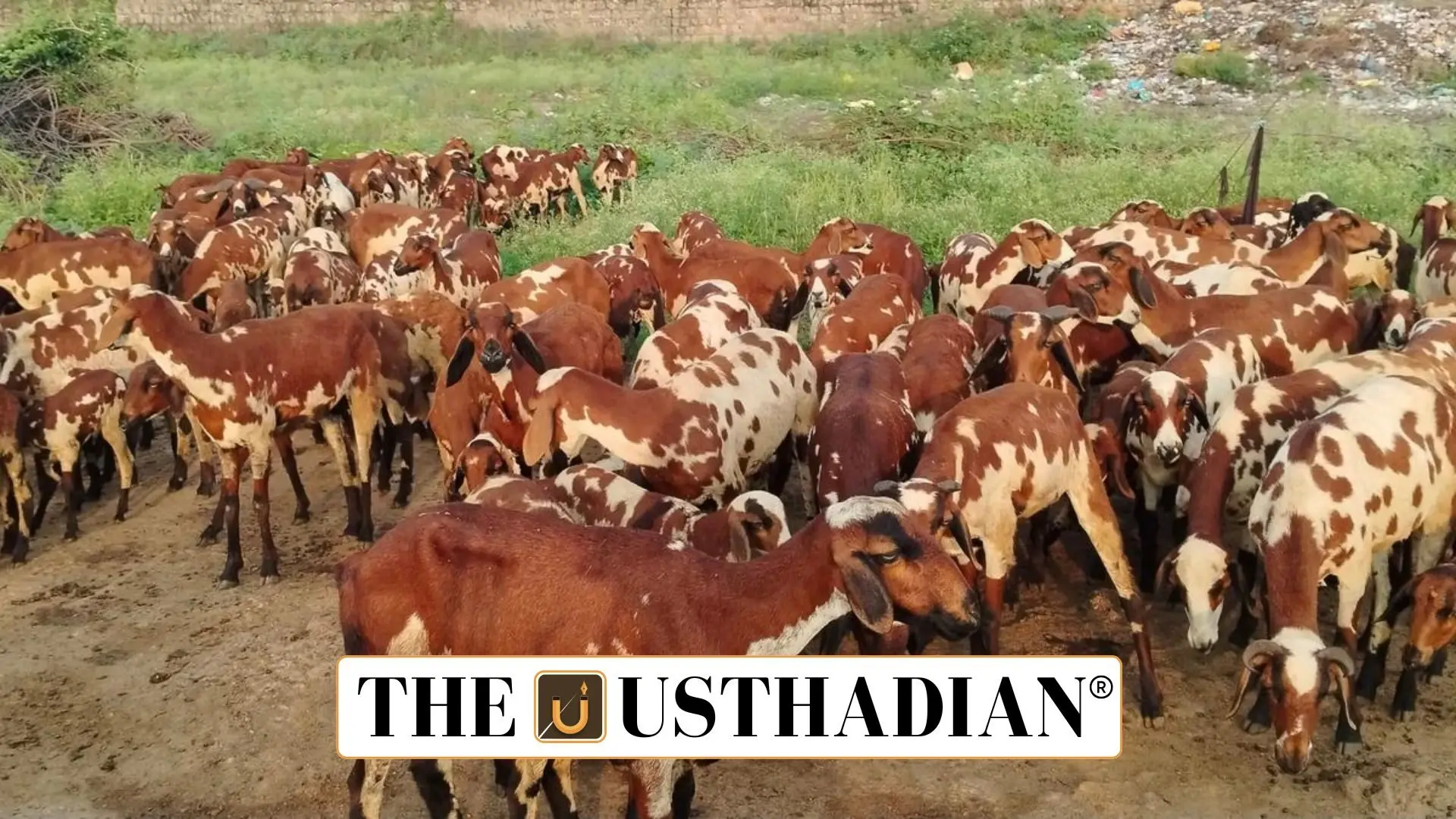A Unique Breed with Deep Roots
Vembur Sheep Under Threat: Tamil Nadu’s Indigenous Breed Faces Survival Crisis : The Vembur sheep, locally called ‘Pottu aadu’, is an indigenous breed from Tamil Nadu, known for its white coat with reddish-brown patches. These medium-sized, hair sheep with drooping ears are perfectly suited to the hot and dry conditions of the Thoothukudi and Virudhunagar districts. They thrive on open grazing and do not require commercial fodder or shearing, making them ideal for local low-input farming systems.
Cultural Identity and Economic Value
For decades, the Vembur sheep has been more than just livestock; it is part of the cultural and economic backbone of local farmers. A pair can fetch ₹18,000 to ₹20,000, offering decent returns for smallholders. Their presence has helped rural families afford education and maintain financial stability. The breed’s continued existence supports not only biodiversity but also cultural identity in southern Tamil Nadu.
Industrial Threats to Survival
The proposed SIPCOT industrial project is a direct threat to this heritage. With plans to acquire 1,000 acres of grazing land, farmers face the prospect of losing access to vital pastures. Conservationists warn that without these lands, Vembur sheep farming may collapse, pushing the breed toward extinction. This development could erase an entire agro-cultural legacy built over generations.
Declining Interest and Conservation Gaps
Though a government farm in Sattur is working to conserve the Vembur breed, experts agree it cannot substitute the wide open grazing systems these sheep need. Compounding this issue is the declining interest among the younger generation in livestock farming. The breed’s slow reproductive rate—usually one lamb per cycle—further limits its recovery. If conservation efforts are not intensified, the population may decline beyond revival.
STATIC GK SNAPSHOT
Vembur Sheep Under Threat: Tamil Nadu’s Indigenous Breed Faces Survival Crisis :
| Element | Details |
| Breed Name | Vembur Sheep (also called Pottu Aadu) |
| Origin | Thoothukudi and Virudhunagar districts, Tamil Nadu |
| Unique Feature | White coat with reddish-brown patches, hair sheep |
| Population (1998) | 31,000 sheep, avg flock size: 38.6 |
| Conservation Farm | Sattur Government Farm, Tamil Nadu |
| Economic Value | ₹18,000–₹20,000 per breeding pair |
| Major Threat | SIPCOT industrial project, 1,000 acres of grazing loss |
| Cultural Importance | Supports rural livelihoods and traditional farming |
| Status | At risk, requires urgent conservation |








